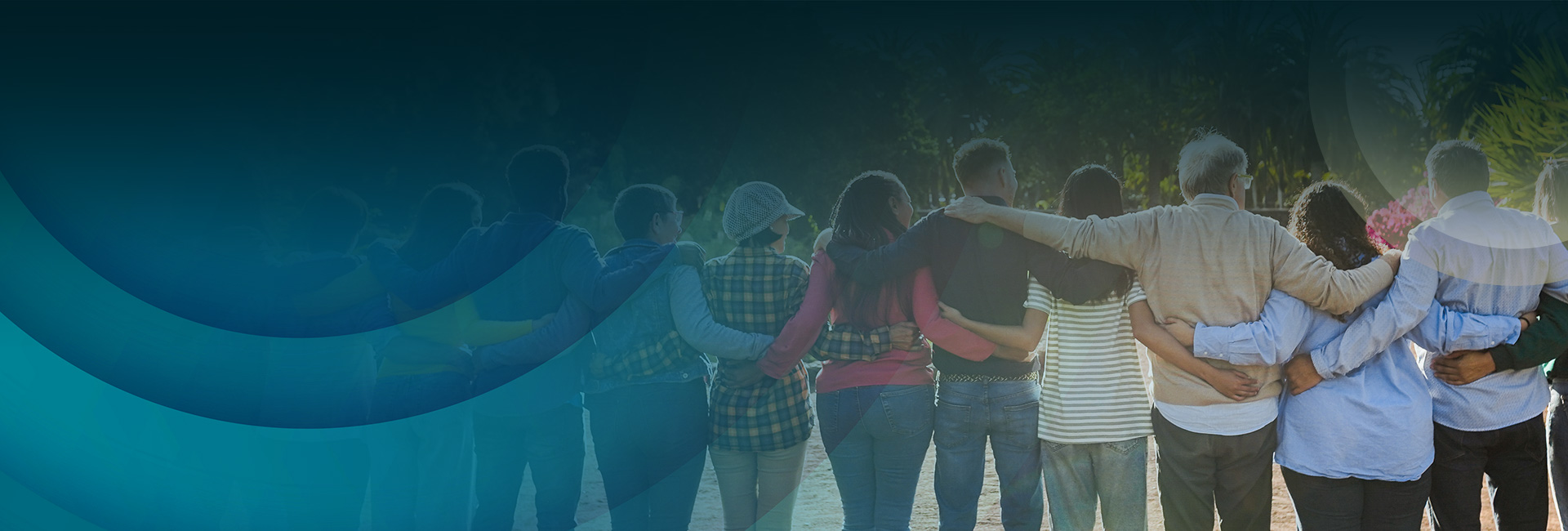Symptoms of Depression
Experiencing periods of sadness is normal and often inevitable as we go down life’s path. Depending on the situation, these feelings may only last for a few days or weeks; however, for people with depression, they can last a lot longer.
People battling depression often struggle with feelings of profound sadness, feelings of worthlessness and hopelessness, a lack of energy, sleep, appetite changes, and a lack of interest in things they used to enjoy. It is also possible for those struggling to withdraw from their family and friends as they don’t want to be a burden to others.
Types of Depression
Most people are familiar with depression and its most common symptoms, but they don’t know that there are multiple types of depression that affect everyone differently.
Here are some of the different types of depression:
Major Depressive Disorder
Major depressive disorder, also recognized as classic depression, is one of the most common mental disorders. If left untreated, it can be extremely debilitating to one’s day-to-day life.
This type of depression is classified by major depressive episodes — a period of at least two weeks that a person experiences a depressed mood or loss of interest in daily activities. Approximately 16.2 million adults in the United States have experienced at least one major depressive episode. While some may only experience a single episode of depression in their lifetime, others experience a number of them.
Situational Depression
The symptoms of situational depression frequently mirror those of major depressive disorder. However, this form of depression is typically brought on by a specific event or situation. Common occurrences that may trigger situational depression include:
- The death of a loved one.
- A serious illness.
- Going through a divorce or child custody battle.
- Being unemployed.
- Legal troubles.
While it is normal to feel sad and stressed during trying times, as the ones mentioned, situational depression happens when those feelings interfere with your daily life. The symptoms tend to start within three months of the initial event.
Seasonal Depression
Seasonal depression is actually a type of major depressive disorder with a seasonal pattern. For some people, their depressive episodes are only apparent during certain seasons, most commonly winter.
As days start to get shorter in the fall and the cooler months arrive, people may feel an increased need to sleep, daily feelings of sadness, weight gain, or social withdrawal. However, once the spring flowers begin to bloom, the depressive symptoms improve.
How Depression is Linked to Substance Use
Substance use is commonly associated with depression and is known to intensify feelings of loneliness, sadness, and hopelessness. It is sometimes challenging for those struggling with depression to see the light at the end of the tunnel.
As a solution to their problems, many people with depression will turn to drugs and alcohol. These substances can temporarily mask any emotional pain, but your body may become dependent on them over time.
People who struggle with both mental illness and substance abuse have what is recognized as a dual diagnosis or co-occurring disorder.
At Decision Point Center, our dual diagnosis treatments are “you-based” because they are designed with your goals in mind and based on your specific challenges. We offer a variety of therapies so you can find the one that works best for you.
Need treatment for depression and substance abuse in Arizona? For the support you deserve, contact us online or call us at (844) 292-5010.

